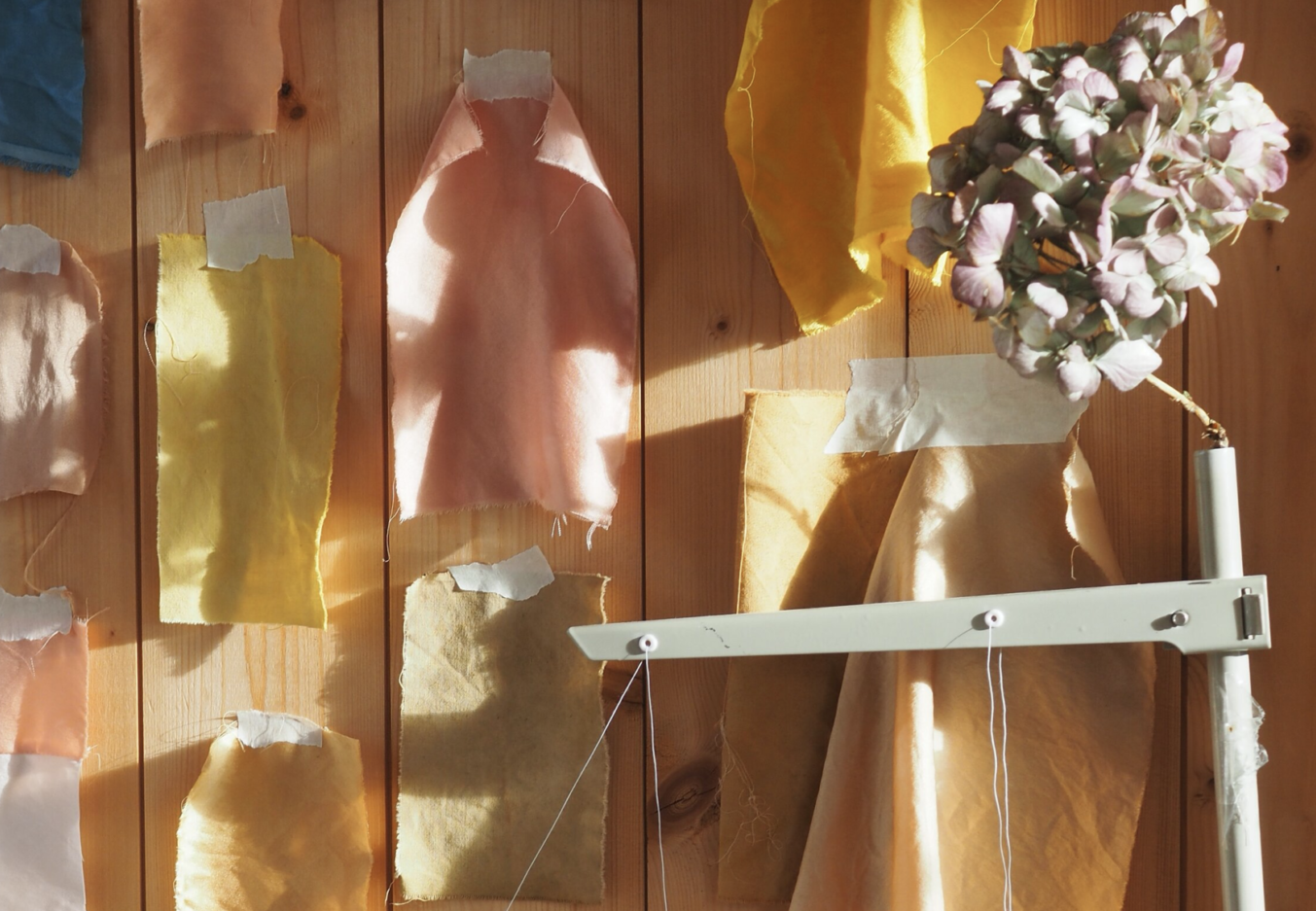Aiming to design a sustainable design object, or a functional object, by focusing on durability as something that is ‘carved in stone’, permanent or immutable is inherently paradoxical. An object that is perfect and ‘closed’ when it leaves the designer’s hands is not made to be used, as the usage phase then inevitably becomes one long downward spiral of unsightly decay and unbecoming wear. As a result, the user will soon long for a new perfect object to replace the old one – which, obviously, is not particularly sustainable behaviour. The unfinished or open object, on the other hand, encourages a more lasting relationship between user and object: a relationship based on flexibility and changeability. The flexibility is embedded in the texture and expression of the object and, thus, in its aesthetic. The flexible aesthetic functional object is characterized by being tactually stimulating and nourishing; by encouraging the receiver’s hands to touch and explore, by including traces of the design or production process and by embracing wear and tear. An open and changeable object is made to be worn, touched, transformed and shared. It is open to use and attachment. It is resistant to decay and frequent use, because it is designed to incorporate traces of use. Unlike the open object, the finished, perfect functional object, which is at its peak in its brand-new form, is closed off to use. Scratches and stains are not flattering additions to the closed design object. The closed object has stagnated, while the open, changeable functional object is alive. Rather than becoming ugly and being perceived as ‘wrong’ with time and wear, it becomes increasingly ‘right’; it adapts to the user and continues to add beauty to her everyday life.
The open design object may literally be flexible; it may contain an inherent option for the user to alter and ‘finish’ it, it may be adjustable in the sense that it adapts to the user’s varying situational needs or body, and it may be shareable and thus embrace a user community.
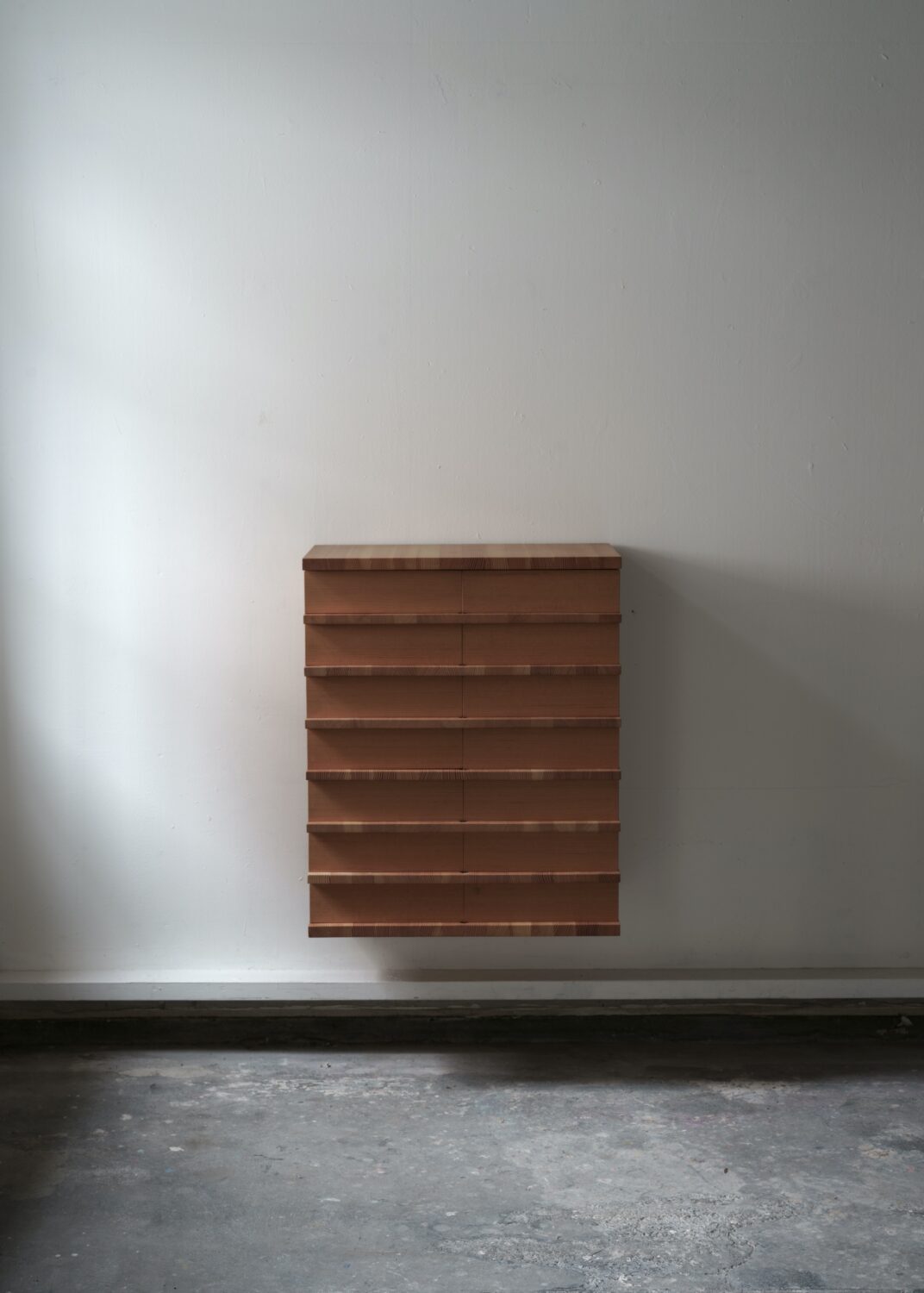
Or it may be described as changeable in a more symbolic sense, as it allows the user’s personal story to affect and manifest itself in its expression. Because the changeable design object is ‘unfinished’ when it leaves the designer’s hands, its original look is not its intended look or, rather, the original object has not yet come into its own. It is a little like the beautiful copper roofs of Copenhagen, which only develop their charming verdigris over time. The open object is designed to develop its expression with time, use and weathering. In this lies an element of chance; the ‘finished’ expression, so to speak, depends on the character of use and weathering, and thus, the story of usage time becomes embedded in the object.
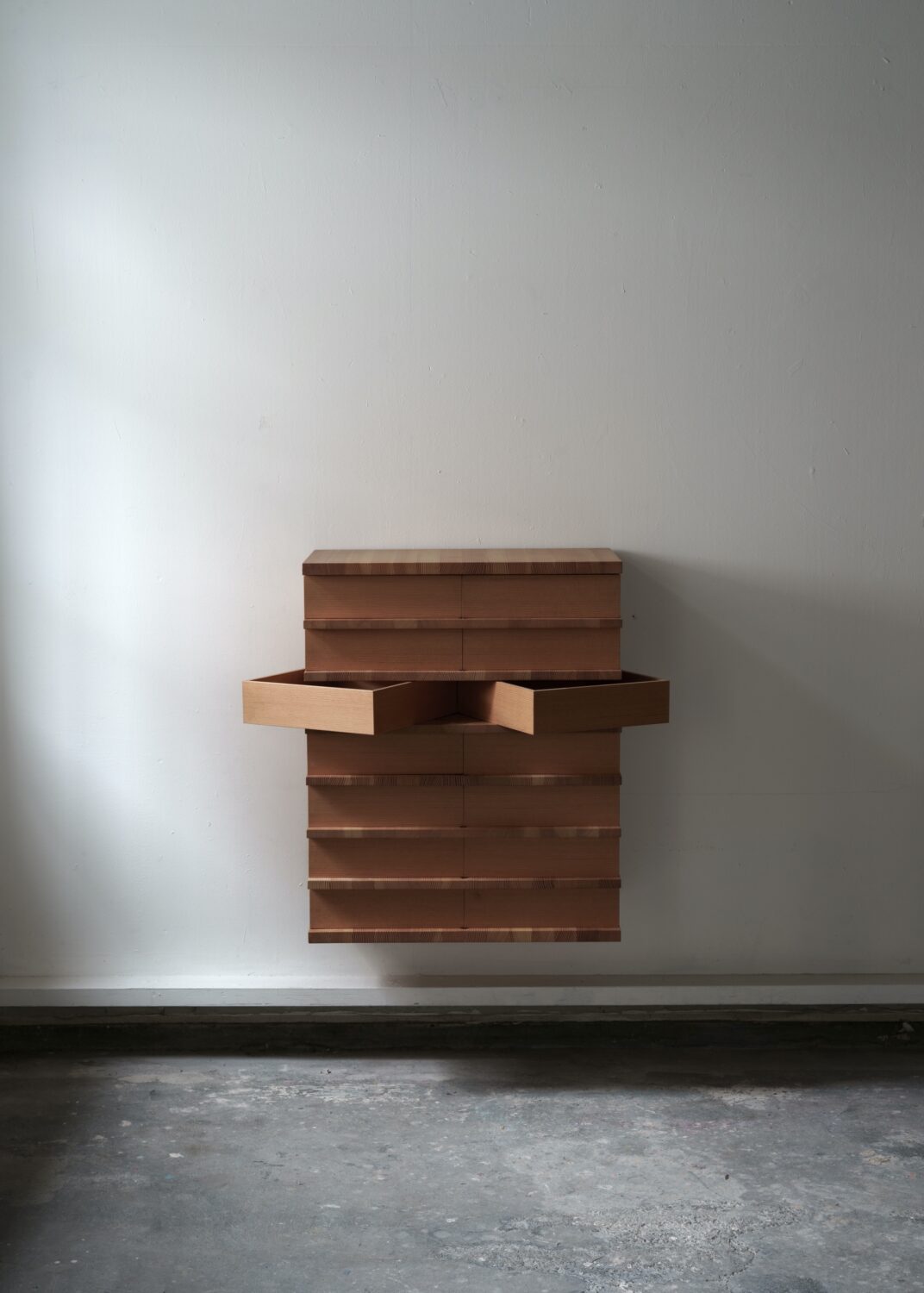
The raw character, mentioned above, that characterizes sustainable functional objects is closely associated with the object’s aesthetic. The notion of a sustainable or resilient aesthetic may sound like a bit of an oxymoron; how can aesthetics, a concept associated with the perception of beauty, be resilient and durable? Typically, we regard beauty as a perishable quality and thus as synonymous with something new and fresh: fresh flowers and untouched, polished tables, freshly painted walls and unstained, freshly sanded floors; things that fade, wither and decay with time, wear and tear.
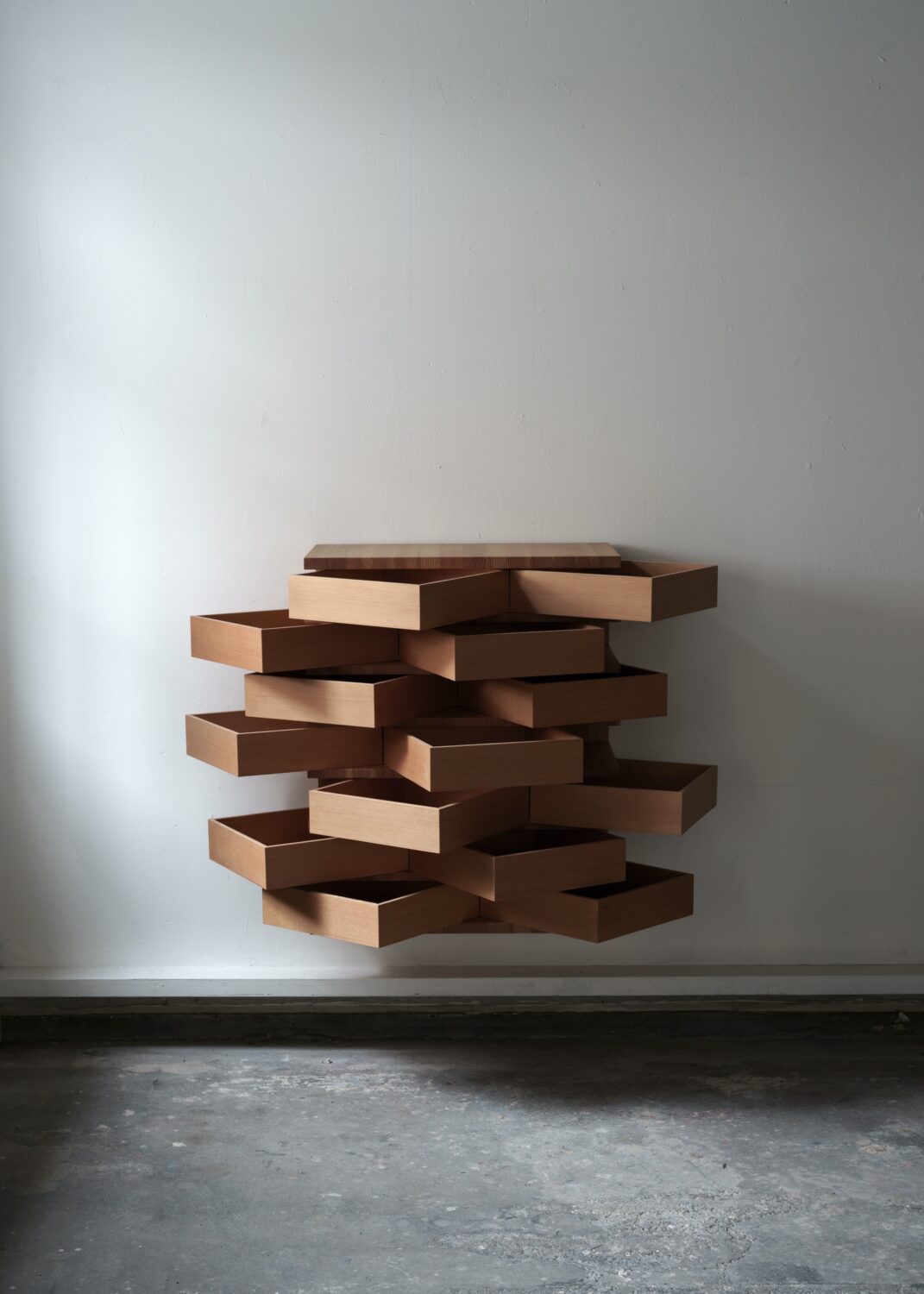
However, sustainable, resilient beauty is not slick and unblemished. It is mature (or, rather, maturing and thus under constant development). Charging a design object with a resilient aesthetic is a celebration of use: hands that touch, wear that leaves traces, signs of repair and maintenance and an expression that is continuously maturing and coming into its own. Working with this sort of durability as a maker or designer means creating objects that are made to mature into something more beautiful, more stimulating to the senses and more engaging, as they are affected and developed by the hands that touch them, the atmospheric changes they are exposed to and the occasions on which they are used.
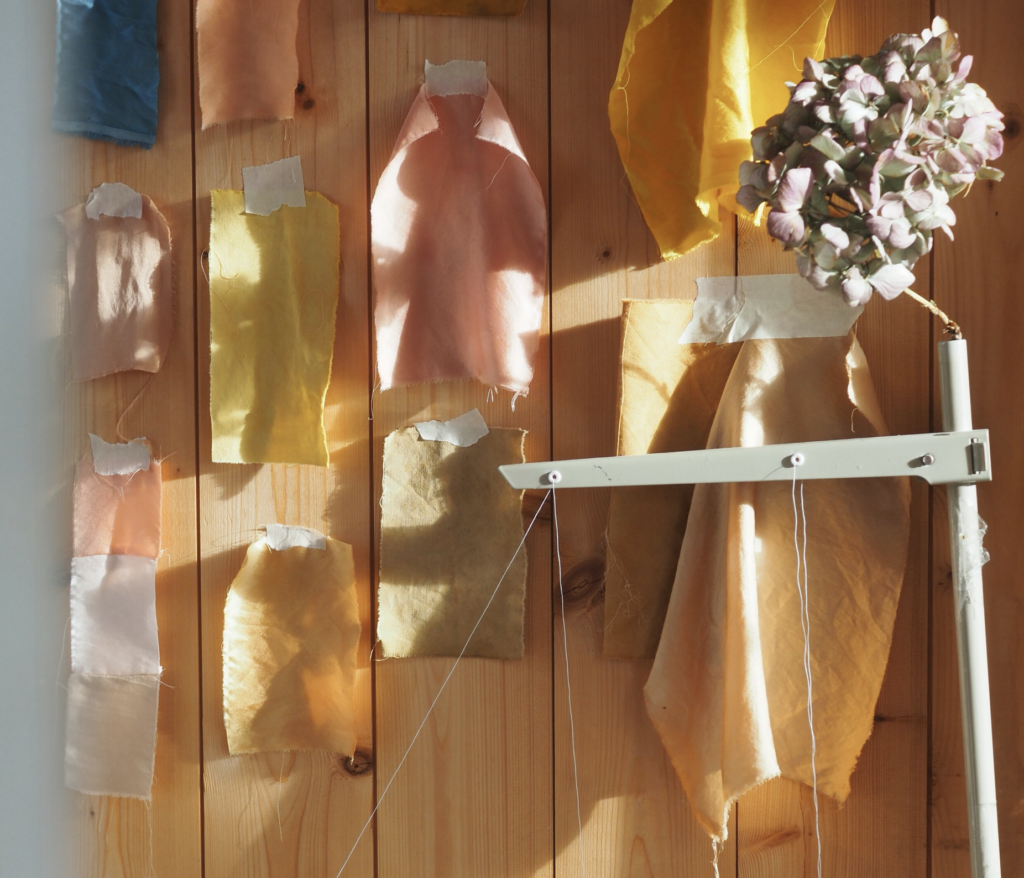
The importance of circularity is often underscored in the sustainability debate. The circular perspective involves disintegration and reconstitution and thus a break with the linear understanding of design and consumption. However, rather than being antithetical to the circular design approach, the raw, changeable object offers an iterative alternative. Designing from a linear perspective implies highlighting novelty, and hence, the given product is generally characterized by a perfectly finished expression. This perspective defines beauty as something flawless, slick and untouched. The linear perspective implies a starting point and a gradual transition towards an end point (reached either as a result of unflattering wear and tear, elements that cannot be upgraded or the changing winds of fashion and thus perceived obsolescence). Linear objects are made to be consumed, rather than used. By contrast, the design of open, raw functional objects is not based on the notion of a crisp, perfect starting point or a worthless end point. However, the raw alternative is not the same as circular disintegration and reconstitution but rather durability in a more ‘old-fashioned’ sense, that is, in the sense of something that continues to last because it continuously nourishes the user in both functional and aesthetic terms. The raw object is characterized by iterative maturation. It embraces wear and tear, is capable of incorporating it, is in fact even based on it, as wear and tear make it come into its own and truly shine. The iteration lies in the repeated use that continuously improves and refines the object. Truly durable design objects are made to be used; hence, the traces left by use must obviously be incorporated into their core concept.
In addition to incorporating long-term durability by focusing on changeability and thus opening the design object up to wear and tear, a focus on the hands and thus on the human being behind the object can also help to establish a sustainable, aesthetically nourishing relationship between user and object. That may be accomplished through storytelling about the process, craft, material, design, colourway, techniques and so forth, but it may also be manifested as an inherent narrative incorporated into the product itself. In the latter case, the focus is on the time that is, so to speak, embedded in the product and the hands that shaped and created its expression – either literally, in the form of concrete fingerprints and irregularities, or metaphorically, in an engaging raw and open character. This has the potential to create an inherent connection and dialogue between maker and user that imbues the object with a durable quality of gravity and relevance.
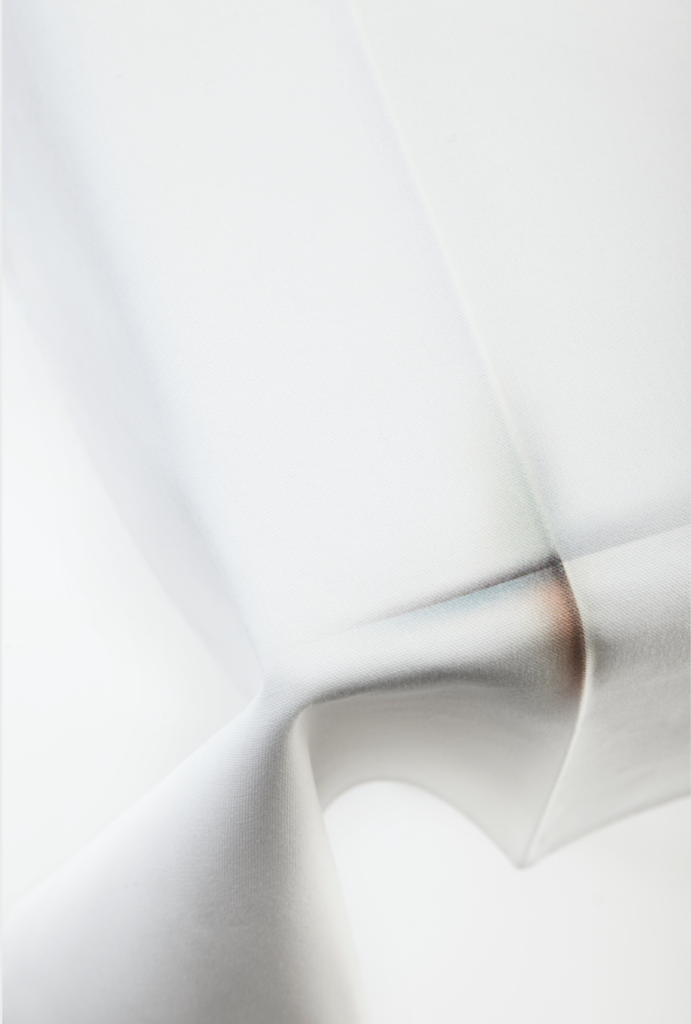
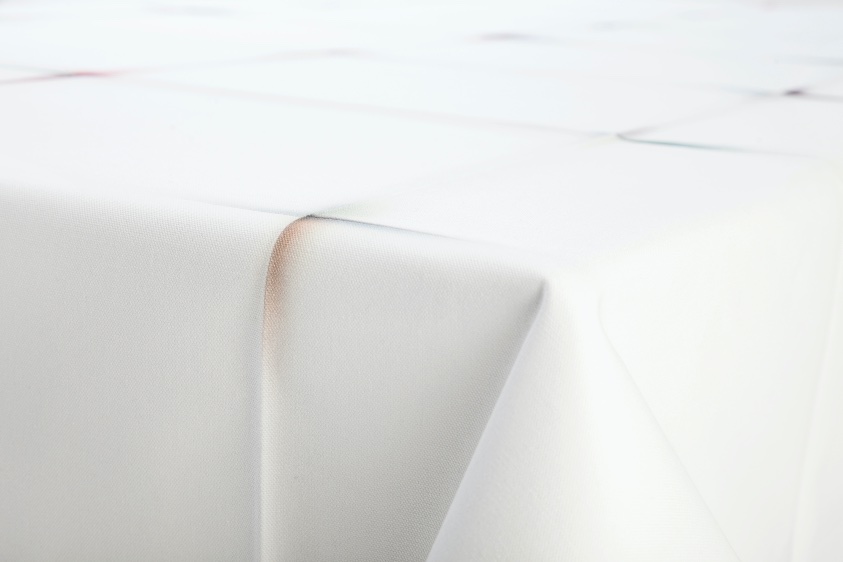
The raw design object is a ‘rewilded’ design object. Rewilding is typically used in connection with the re-establishment of ecosystems in nature, like an act of rewinding the process in a transition from cultivated nature to wild nature. Creating raw objects has a similar character. Rewilding nature requires us to create a framework for a diverse ecosystem to flourish – and then step back. In other words, the core of rewilding is to relinquish control and allow natural processes to unfold. Similarly, the designer of a raw, changeable functional object has to dare to allow the usage phase to be part of the making of the object and allow diversity to flourish. The object framework has to be established, and the seed for the ‘ultimate’ expression has to be planted and embedded; the rest must then be left up to usage and chance.

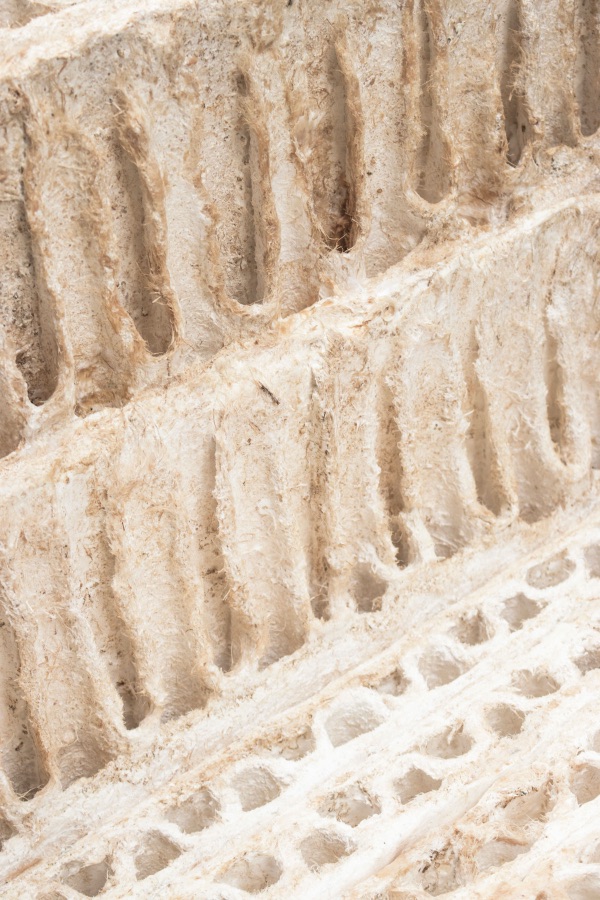
While the aesthetic of the closed design object is a celebration of perfection and exquisite form, the changeable aesthetic of a raw, open object celebrates rawness, wildness, beautiful decay and anti-homogeneity. The raw design object is made to embrace and contain life. Like nature, it is characterized by transformation, evolution, changes and decay. Thousands of years ago, a wise man said that the only constant is change (Heraclitus, ca. 540–480 BCE, Greek philosopher from Ephesus).
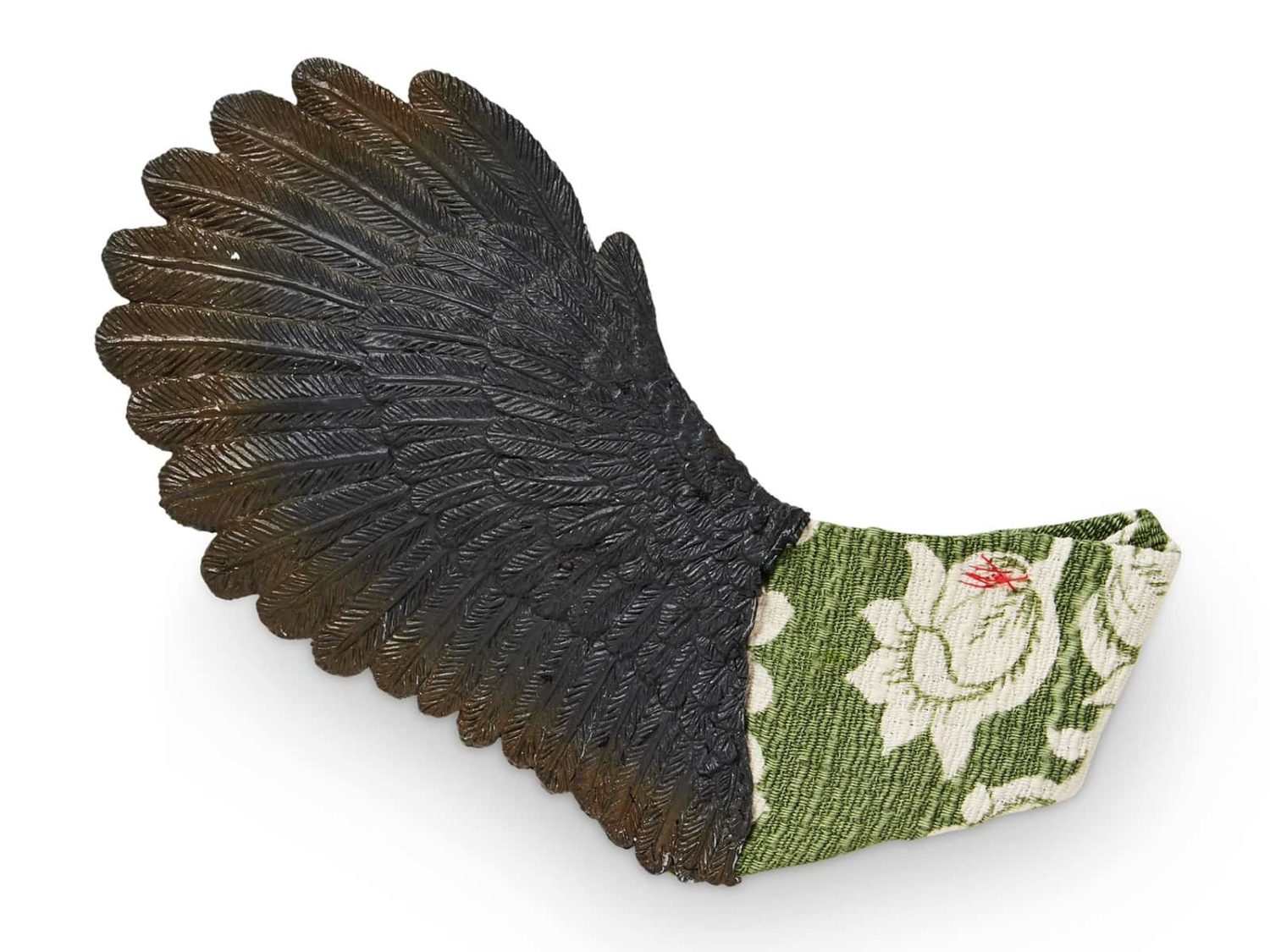
This applies not just to nature but also to human life – and that is precisely why the design of stagnated, closed objects seems like the wrong approach if the goal is to enable and encourage a sustainable lifestyle. The same wise man also observed that no one can ever step twice into the same river, since neither the river nor the person remains the same over time. Everything around and inside us is always in motion. Our days are full of change: atmospheric and physical changes in our environment, mental and emotional changes in our mind and physical changes in our body, and that is precisely why a functional object that aims for sustainability and durability must be changeable.

